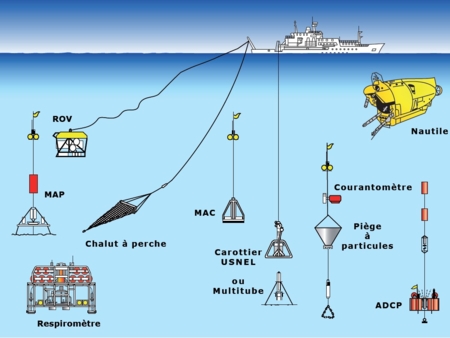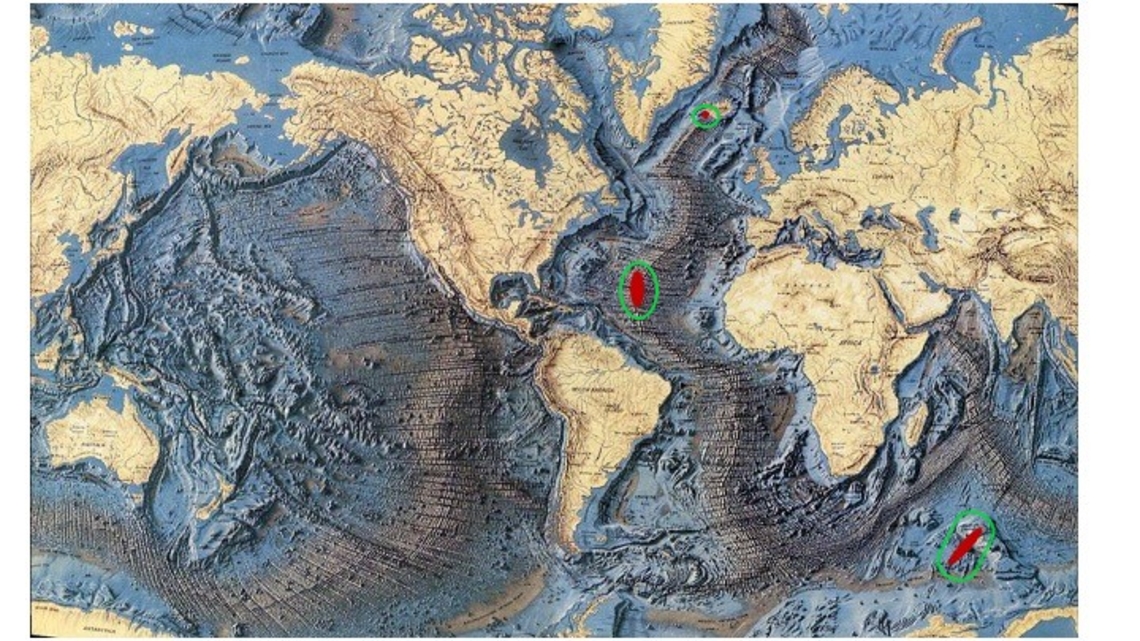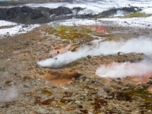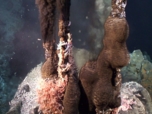EMR BIOMEX EMR6002 Biology, Interactions and Adaptations of Organisms in Extreme Environments
BIOMEX is a joint research team (CNRS, UBO, Ifremer) within the BEEP enveloping unit. It was created in January 2024. It has 11 permanent staff (5.5 FTE), 7 PhD students and post-docs and hosts an average of 5 to 7 trainees per year. It is headed by Karine ALAIN.
The extent and importance of deep ocean environments, in terms of their contribution to global biogeochemical balances and to mineral and biological resources, are only just beginning to be appreciated. The microorganisms that inhabit deep marine environments are very abundant and form an invaluable and largely unexplored reservoir of genes, taxa, functions and multiple services for humans and ecosystems. Extreme, or even multi-extreme, environments are crucial habitats for addressing issues of diversification of living organisms, adaptation to the physico-chemical limits of life and the potential discovery of new microbial lineages and even new metabolisms. These deep and/or extreme environments are among the least known areas of the planet. They therefore represent a final frontier to be explored, understood and preserved. In order to answer a series of scientific questions, the work of the EMR BIOMEX will focus on three types of extreme hydrothermal environments, located in marine, terrestrial or lacustrine environments: deep-sea hydrothermal vents, terrestrial and coastal hydrothermal springs in the French Southern and Antarctic Lands (Kerguelen archipelago and Île Saint-Paul) and lacustrine hydrothermal vents in Lake Kleifarvatn in Iceland.











